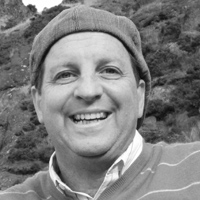Gustavo Mostoslavsky

After receiving his MD from the National University of Tucuman in Argentina, he moved to Israel to pursue a PhD degree at the Hebrew University of Jerusalem. During that time he specialized in Cellular and Molecular Immunology, and specifically in mechanisms of tissue injury mediated by autoantibodies in SLE.
In 2001, he moved to Boston to start a postdoctoral fellowship in gene therapy and stem cells, at Harvard University, where he developed and published several studies focused on the use of hematopoietic stem cells and their genetic modification for transplantation studies. In 2008 he received a faculty position at the School of Medicine of Boston University (BUSM) and in addition to continue working with HSC and gene transfer, his laboratory has devoted significant efforts to the development of a methodology for the generation of clinically relevant induced Pluripotent Stem Cells (iPSCs) and their use for human disease modeling.
Based on his previous expertise on the use of lentiviral vectors and the manipulation of stem cell populations, Mostoslavsky and his team designed several forms of a single, excisable lentiviral vector that are able to induce nuclear reprogramming of mouse and human cells with the highest efficiency published to date.
These efforts resulted in the publication of several manuscripts (Sommer et al., 2009; Sommer et al. 2010; Somers et al. 2010; Christodoulou et al., 2011).
These vectors have been freely distributed for use in more than 500 laboratories across the world and the method has become the industry standard for reprogramming.
In addition, he has launched and co-direct the Boston University Center for Regenerative Medicine (CReM), featuring six research programs across Boston University and Boston Medical Center.
Project areas in the lab focuses on the use of different stem cell populations, including embryonic stem cells, induced Pluripotent Stem (iPS) cells, hematopoietic stem cells and intestinal stem cells for disease modeling and discovery of novel therapies, as well as their genetic manipulation by lentiviral vectors.
Mostoslavsky's article
September 2014
